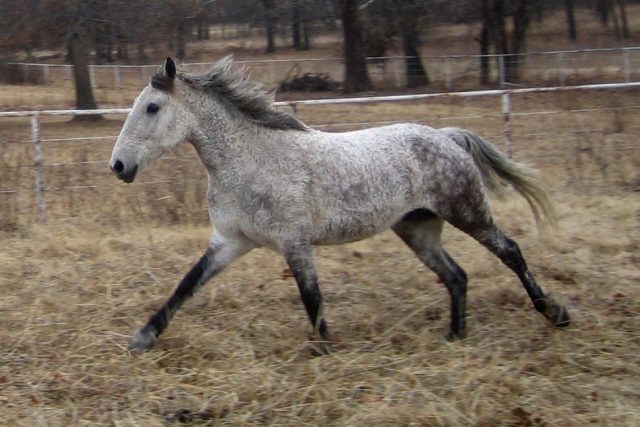Type the name of the breed you're looking for below
[wpdreams_ajaxsearchlite] Don't see the breed your're looking for? Click here and let us know!
Curly horse
| Country Of Origin | North America |
| History and Background | The origins of the Curly horse is highly debated in the Curly community, but research is mostly still in progress. Disagreements of the Curly horse's history result in confusion of what the breed is, and what it should be called. ABCR members prefer "Bashkir Curly" while CSI and ICHO members lean towards "North American Curly". The addition or removal of 'Bashkir' to the breed name is highly debated. A 1990 study indicated that it is unlikely that the Bashkir horse, which also has a curly coat, is an ancestor. It is said that Curly horses were documented in Asian artwork as early as 161 AD. Charles Darwin documented curly horses in South America in the early 19th century and the early Sioux Indians regarded curly horses as sacred mounts for chiefs and medicine men. Native American artwork shows Curlies carrying warriors in the Battle of Little Bighorn. Another theory is that the origin of the breed is Iberian. It has been noted that foals of cross bred horses have the curly hair. This suggests that the curly gene is dominant. There are multiple theories for how the American Curly developed. The Curly horse was first documented in Eureka, Nevada in the early 20th century by rancher John Damele and his sons. While Mustangs were a common sight, curly coated horses were unusual. Years later, the Dameles managed to catch one, broke it to ride and sold it, thus starting their relationship with the breed. In 1932, an unusually harsh winter hit the area, and come spring the only horses that could be found were the Curlies. This evidence of hardiness was noted by the Damele family, and they decided they should include more of these horses in their herd. After another harsh winter in 1951/52, the Dameles started to get serious about breeding these horses. They went out and found their foundation stallion, a two-year-old chestnut in one of the mustang herds. They called him Copper D. The Dameles didn't care much for keeping the breed 'pure', and wanting to improve their horses, added some other blood to their herd. Among the stallions introduced were a Morgan, Ruby Red King AMHR 26101 and an Arabian, Nevada Red AHR 18125. These two stallions created many offspring for the Dameles, and are in hundreds of Curly horses' pedigrees today. |
| Use Today | Competition horse, Show horse, Riding horse, Pleasure horse |
| Height | 14 to 16 hands (56 to 64 inches, 142 to 163 cm) |
| Colour | Bay, Black, Chestnut, Grey |
| Characteristics | The Curly horses are an easily recognizable breed of horses because, as their name says, they have curly hair. These horses are also commonly referred to as the American Bashkir Curlies, North America Bashkir Curlies or just Bashkir Curlies. These horses have curly hair because their breed carries a unique gene that leads to formation of curly hair. Though there are certain horses of this breed that can weigh up to 1200 lbs, the average weight of these horses is between 800-1000 lbs. The hair of the body of these horses are fine and can have varying degrees of curliness. The hair can be in the form of ringlets which are several inches long or marcel wave which are soft but deep waves in the body coat or crushed velvet which is a dense pile of soft curls in the body coat. The horses of this breed have a split mane and the hair is wavy. The tail hair is also in the form of ringlets or waves. The Curly horses have a short but strong back. These horses have a good and strong bone structure. Their hooves are very hard and almost round in shape. The most notable feature of this breed is that their curly coat sheds during the summer season. Though in certain horses there is partial shedding of hair, some horses shed their hair, including the tail and mane hair, completely. |
| Personality and Temperament | The Curly horses are renowned the world over for their calm and friendly nature. These intelligent creatures also have a pleasant temperament. They are easily trainable and possess endless amounts of energy. They are reliable and easy to work with. These tough animals love the company of humans. |



